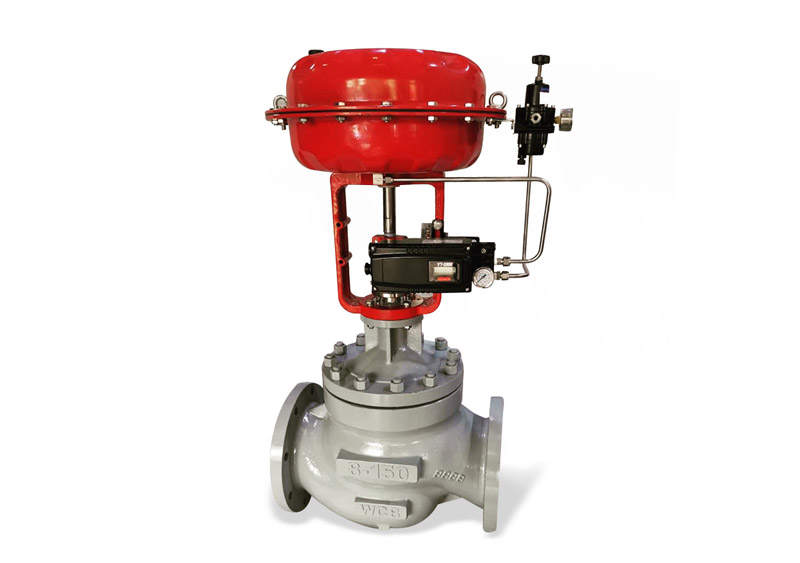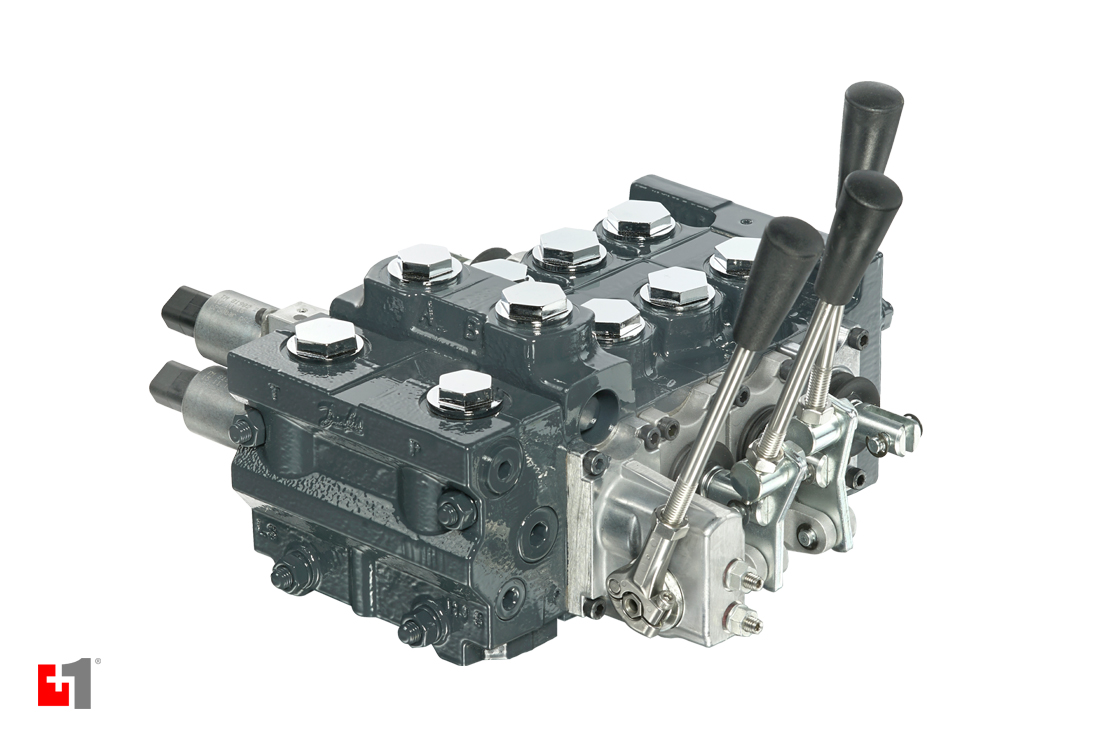How Control Valves Impact Power Efficiency in Industrial Settings
How Control Valves Impact Power Efficiency in Industrial Settings
Blog Article

Maximize Power Financial Savings and Comfort With Advanced Building Automation Controls
In the realm of modern design and facility administration, the combination of innovative building automation manages stands as a crucial development. By harnessing the power of automation, structures can adjust, respond, and evolve in methods that were when unimaginable.
Power Performance Conveniences
Power performance advantages can significantly minimize energy consumption and operational prices in structures. By carrying out energy-efficient techniques and modern technologies, building proprietors and operators can achieve considerable financial savings while also adding to environmental sustainability. Among the primary advantages of enhancing energy performance in buildings is the decrease of utility expenses. Energy-efficient systems, such as sophisticated structure automation controls, can maximize the usage of resources like home heating, cooling, and illumination, resulting in reduced energy expenses gradually.
Furthermore, improved power efficiency can lengthen the life expectancy of structure tools and systems. By operating much more effectively, HVAC systems, light, and other building elements experience less deterioration, leading to reduced maintenance and replacement costs. Additionally, energy-efficient structures typically command greater building values and rental rates, giving long-term financial advantages to proprietors.
Additionally, energy effectiveness can enhance owner comfort and productivity. Correctly managed indoor environments with optimal lighting and thermal problems develop a more pleasurable and helpful work space, bring about improved employee contentment and performance. On the whole, the energy efficiency advantages associated with advanced building automation controls are diverse, incorporating expense savings, ecological stewardship, and owner health.
Boosted Convenience Control
Enhancing convenience control in structure atmospheres calls for a sophisticated assimilation of advanced automation systems for optimal occupant health. By making use of innovative building automation controls, facilities can tailor the interior atmosphere to satisfy the certain demands and preferences of occupants. These systems make it possible for precise guideline of lighting, air flow, and temperature, developing a productive and comfortable environment. Owner contentment and performance are closely linked to thermal convenience, making it crucial to have systems in position that can adapt to transforming problems in real-time.
By incorporating these innovative controls, buildings can not just enhance convenience however also enhance power efficiency by optimizing system procedures based on actual tenancy and use patterns. Eventually, prioritizing passenger convenience through advanced automation systems leads to a more satisfying and healthier indoor setting.
Functional Effectiveness Improvements

Moreover, the application of real-time surveillance and analytics devices allows building operators to recognize power inefficiencies and functional abnormalities quickly. By continually keeping track of power use patterns and system performance metrics, adjustments can be made in real-time to optimize power usage and make certain peak functional efficiency. control valves. In addition, incorporating need response techniques right into building automation controls can better enhance functional efficiency by dynamically adjusting energy usage based on grid problems and pricing signals
Indoor Climate Optimization
Reliable interior climate optimization is a basic element of building automation controls, ensuring passengers' convenience and wellness while making the most of energy savings. By making use of innovative sensors and controls, developing automation systems can continuously adjust and keep track of why not find out more temperature level, moisture degrees, air top quality, and air flow to develop an optimum indoor setting. Preserving comfy and consistent problems not only improves passenger complete satisfaction yet also enhances performance and total health.
Indoor climate optimization likewise plays a critical function in power performance. By fine-tuning home heating, air flow, and air conditioning systems based upon real-time data and occupancy patterns, building automation controls can significantly decrease energy intake - control valves. Carrying out techniques such as demand-controlled ventilation and thermal zoning can help minimize energy waste while ensuring that each area of the building obtains the needed conditioning.

Sustainable Environment Development
Building automation manages not only optimize interior environment conditions for energy efficiency and owner comfort however also lay the foundation for creating a sustainable setting through tactical monitoring of systems and resources. By integrating advanced structure automation technologies, such as sensors, actuators, and smart software application, facilities can change and keep track of energy usage in real-time to decrease waste and minimize their carbon footprint. These systems enable predictive maintenance, recognizing possible issues before they intensify and maximizing equipment efficiency to enhance longevity and effectiveness.
Additionally, sustainable environment creation expands past energy monitoring to incorporate water preservation, waste reduction, and interior air top quality improvement. Building automation controls can regulate water use, identify leakages, and guarantee correct waste disposal methods, adding to overall sustainability initiatives. Furthermore, by keeping track of and managing ventilation and filtration systems, these modern technologies boost passenger wellness and performance while decreasing power intake related to HVAC operations.
Conclusion
Finally, advanced building automation controls offer significant advantages in regards to energy savings, comfort control, functional effectiveness, interior environment optimization, and producing a sustainable atmosphere. By carrying out these controls, buildings can accomplish ideal performance while decreasing power usage and enhancing owner comfort. It is apparent read here that the use of innovative automation technology is critical in enhancing structure performance and producing an extra lasting future.
Energy performance benefits can considerably reduce power usage and functional prices in structures. Generally, the power efficiency advantages linked with sophisticated structure automation controls are multifaceted, including price financial savings, ecological stewardship, and passenger health.
In addition, integrating need response strategies right into structure automation controls can additionally boost operational performance by dynamically changing power usage based on grid conditions and prices signals.
Building automation manages not only maximize interior climate conditions for energy efficiency and occupant comfort but likewise lay the structure for producing a sustainable atmosphere via calculated monitoring of sources and systems.In verdict, progressed building automation controls offer significant benefits in terms of energy savings, comfort control, functional performance, indoor environment optimization, and creating a sustainable environment.
Report this page